Peacocks Dream, 2018
2-channel video installation in the series, “Elastic City Spacey”
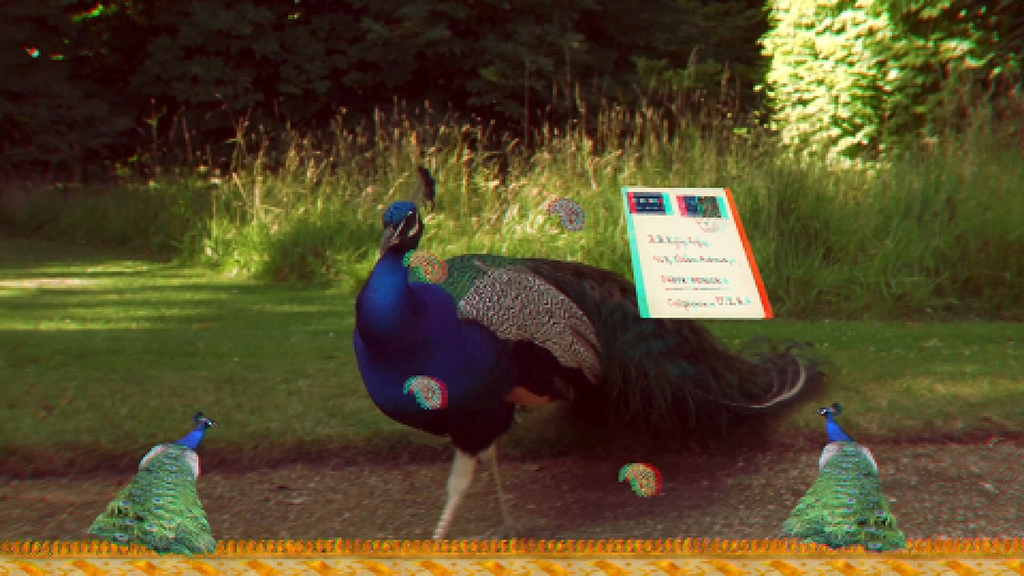
Peacocks Dream 1, Stereoscopic Video Projection (anaglyph) with stereo audio in a surround system (one projector)
15 minutes 49 seconds
Peacocks Dream 2, Stereoscopic Video Projection (anaglyph), no audio, (one projector)
4 minutes

An exploration of the disorientation and loss of those left behind, the story is told through the Sujir family archive of letters, from Leila’s grandfather Ramanath to my dad, Raghu, and is located in a garden of mazes, evoking the dizziness and disorientation that grief produces. Leila’s grandfather, located in Mangalore, India, was writing letters three times a day, for the six months before he died, to her father and family, who were somewhere in Canada or the United States.
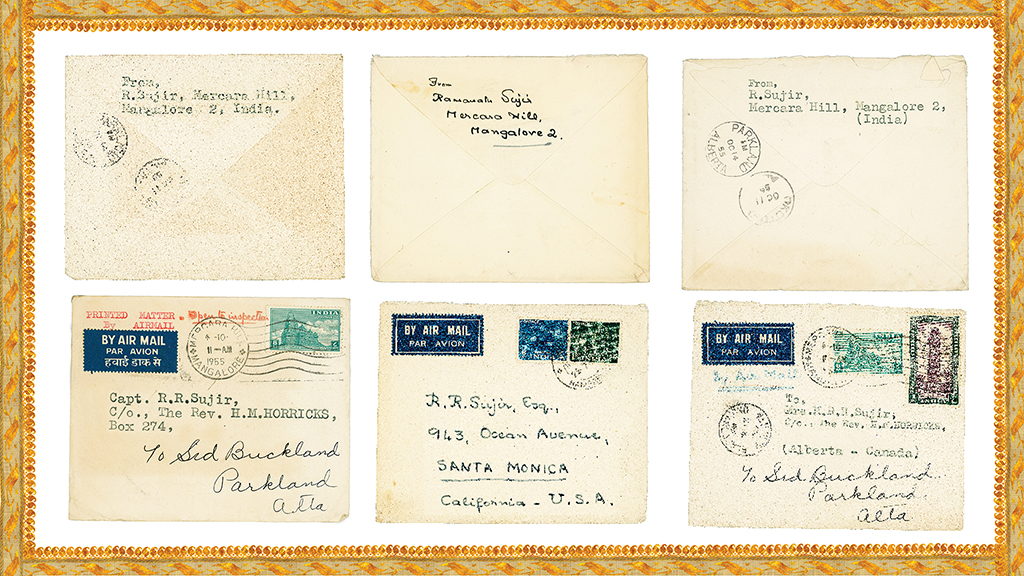
Immigration, often talked of in terms of its experience as a doubled sense of place, can be referenced through stereoscopic 3D space, to evoke for the viewer a sense of the physicality of homes and its absence, a lived dream space playing off the containment of memory in our bodies that makes us resonant spaces.

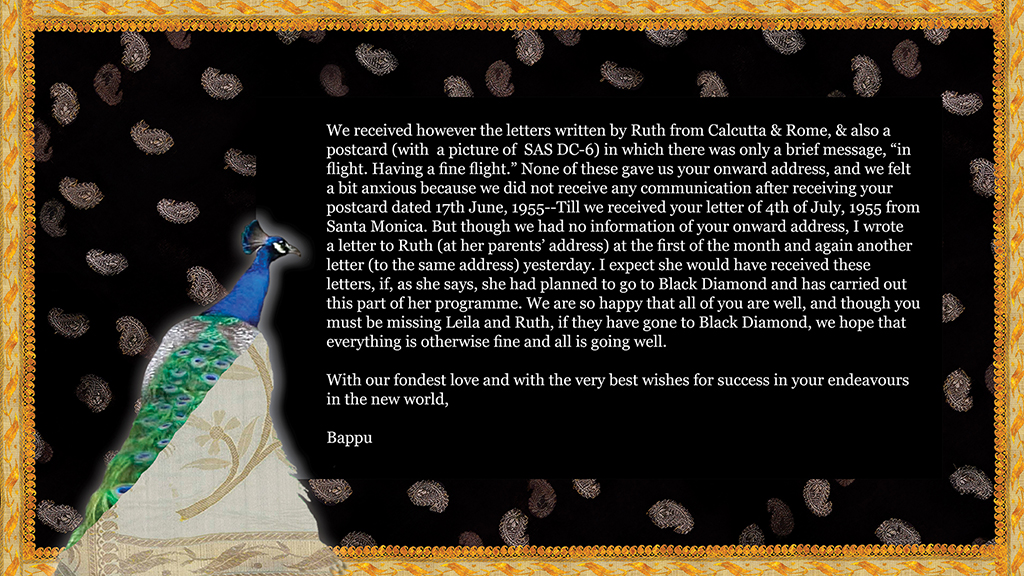
I am able to imagine now, as an adult, my grandmother Ratna Sujir’s loss, when her husband died, followed shortly after by the death of her two sons, one, my father far away in Canada, so far away from ‘home’ in Mangalore. The movement of the peacocks through the landscape invites the viewers to move into the stereoscopic 3D of the video work, to experience the dizzying space of her story.
Since 2005, I have been working with stereoscopic 3D (S3D) video, an old technology from the mid 1800’s, that keeps getting renewed as the industry changes. Stereoscopic 3D video space, I have found, works well with themes of migration, as it gives a haptic sense of screen space, that you can walk into, that you can reach out to touch, that you can feel. I am working towards the construction of a felt space of displacement. For me, stereoscopic 3D (S3D) video spaces are elastic and dream-like places, ephemeral, yet capable of extending a sensation of volume, physicality, and presence to the viewer.
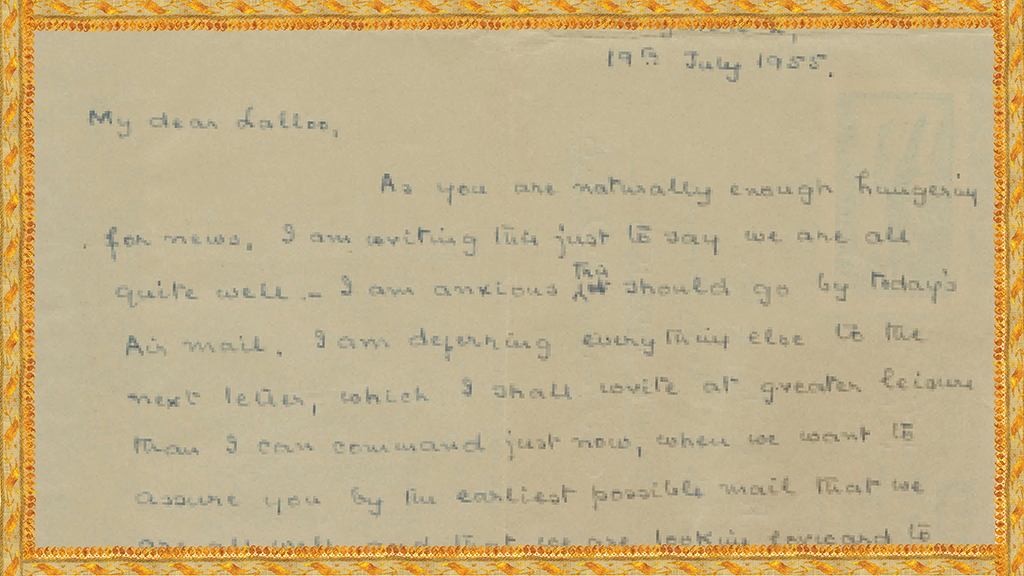
Over the last forty years, I have been building a body of video and video installation artworks exploring immigration, migration, nation and culture with digs into archival documents, using a mix of fiction, fantasy and documentary with visual and audio collage techniques. Within this video work, I am using the iconic sounds and images of the peacocks to call forth a space both present and past, far away and close.
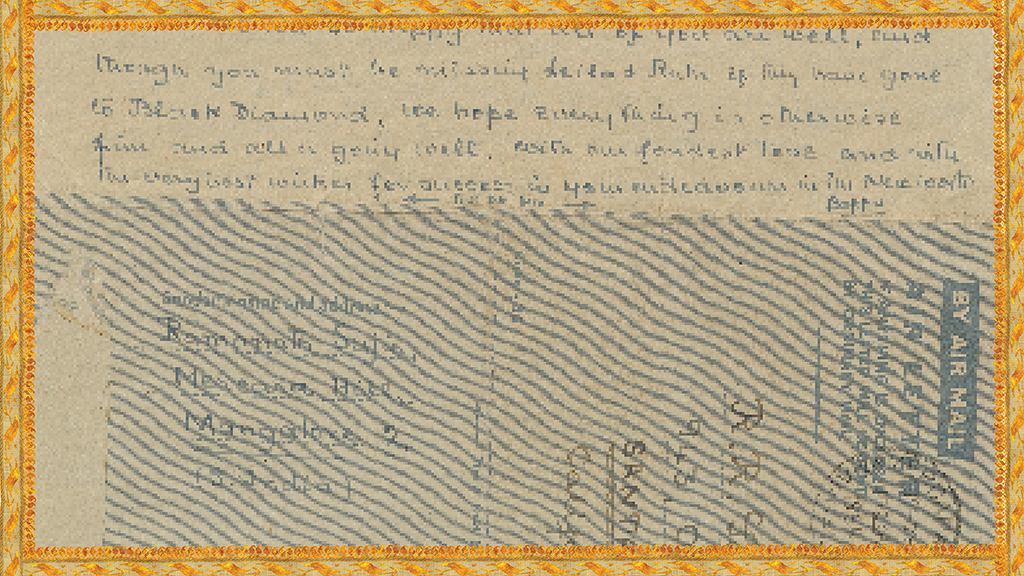
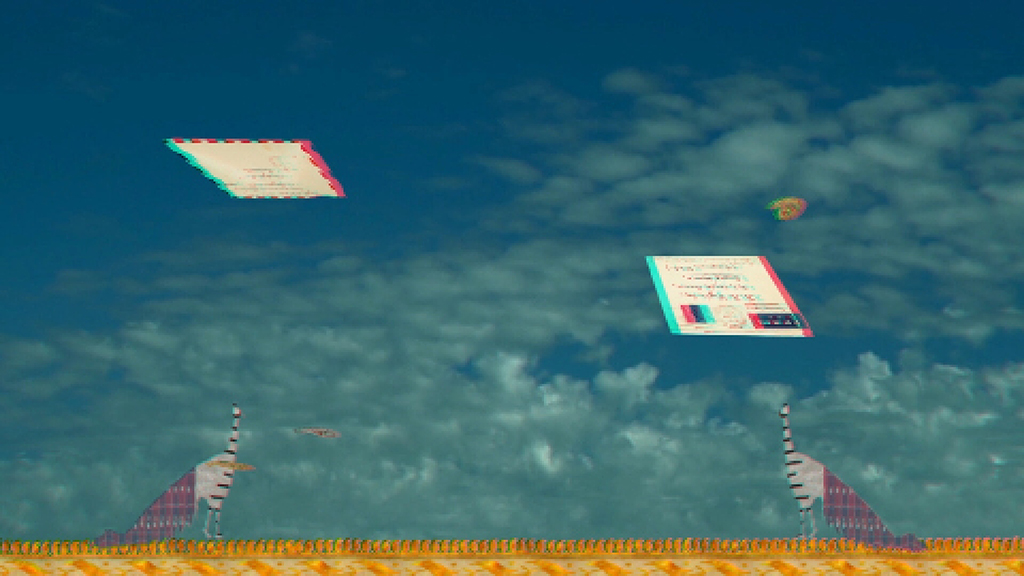



Peacocks Dream premiered at the FotoFest International 2018 Biennial central exhibition, “INDIA – Contemporary Photographic and New Media Art,” in Houston, Texas, USA.
Credits:
Artist: Leila Sujir
Voice-over: Sudhir Mudur and Leila Sujir
Technical Director, Cinematographer & Editor: Jorge Zavagno
Second Camera: Leila Sujir
Assistant Editor: Daniela Ortiz Sanchez Renero
Unity Programmer & Compositing: Dougy Herard
Sound Editor & Mixer: Philippe Battikha
Sound Editing & Studio Camera: Zoe Bacchus
Transcripts & Studio Camera: Ana Ferguson
Project Co-ordinator: Santiago Tavera
With thank you to Anthony Head, and the Bath School of Art and Design
With support from the Social Sciences Humanities Research Council and Concordia University Faculty of Fine Arts Resources
The painting, “Kattikeya Mounted on His Peacock,” (circa 1800) courtesy of The Trustees of the British Museum
